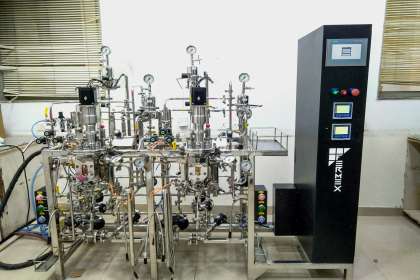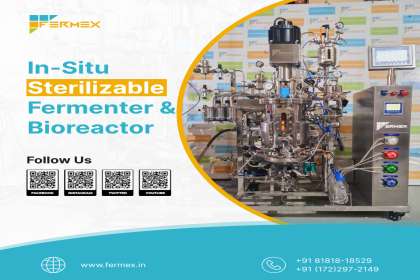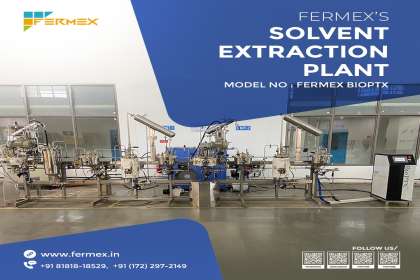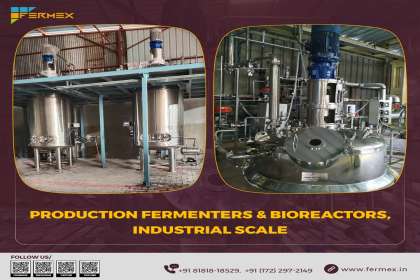
Introduction
Antibiotics have revolutionized the field of medicine, saving countless lives since their discovery. These powerful drugs have been an extraordinary achievement against bacterial infections, combating illnesses that were once deadly. This blog delves into the fascinating world of antibiotic production, shedding light on the process of developing these life-saving breakthroughs and the challenges we face in an era of increasing antibiotic resistance.
The Discovery of Antibiotics
The journey of antibiotic production began with serendipitous discoveries. Scottish biologist Alexander Fleming’s accidental encounter with penicillin in 1928 marked a pivotal moment in medical history. Fleming noticed that a mold called Penicillium notatum could inhibit bacterial growth, leading to the isolation and mass production of penicillin.
Natural vs. Synthetic Antibiotics
Antibiotics can be classified into two categories: natural and synthetic. Natural antibiotics are derived from microorganisms like fungi and bacteria, while synthetic antibiotics are chemically produced in laboratories. Both types play a crucial role in combating bacterial infections.
Antibiotic Production Process
The production of antibiotics is a complex and meticulous process. It starts with the isolation of the antibiotic-producing microorganism. Scientists then optimize the conditions for its growth, using fermentation tanks to produce large quantities of the antibiotic. After the fermentation process, the antibiotic is purified and formulated into various delivery forms, such as pills, injections, and creams.
Challenges in Antibiotic Production
Despite significant advancements in antibiotic production, there are several challenges that researchers and pharmaceutical companies face:
a. Cost: Developing new antibiotics can be expensive due to research, testing, and approval processes. As a result, many companies focus on other, more profitable drugs.
b. Antibiotic Resistance: One of the most critical challenges is the rise of antibiotic-resistant bacteria. Misuse and overuse of antibiotics contribute to the emergence of these superbugs, rendering some antibiotics ineffective.
c. Environmental Impact: Antibiotic production generates waste that can be harmful to the environment. Stricter regulations are needed to mitigate these effects.
The Importance of Antibiotic Stewardship
Antibiotic stewardship involves the responsible use of antibiotics to preserve their effectiveness. It includes educating healthcare professionals and the public about proper antibiotic usage, avoiding unnecessary prescriptions, and completing the full course of treatment.
Future Prospects: Developing New Antibiotics
To address the growing issue of antibiotic resistance, researchers are actively exploring new avenues for antibiotic development. This includes investigating novel sources of antibiotics, such as marine organisms and soil bacteria. Additionally, there is a focus on combination therapies and alternative treatments like bacteriophage therapy.
Conclusion
Antibiotics have been a game-changer in modern medicine, saving countless lives and improving public health worldwide. The process of antibiotic production is a testament to human ingenuity and determination in the face of deadly infections. However, the rise of antibiotic resistance poses a significant threat, necessitating responsible antibiotic stewardship and continued research into new antibiotics. By understanding and respecting these life-saving achievements, we can ensure that antibiotics remain effective tools in our battle against bacterial infections.
























